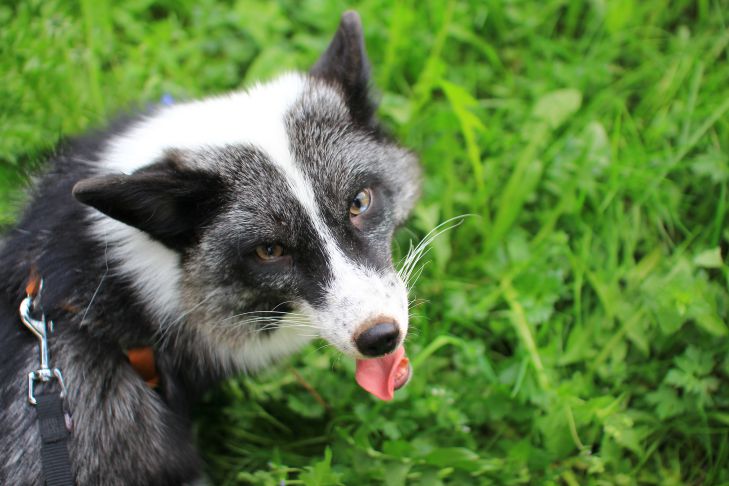Why a dog doesn't eat and what to do about it: 5 main reasons and ways to eliminate them
If your dog has stopped eating or is eating less than usual, this could be a sign of a variety of problems.
Some of them are related to the animal's health, others are related to psychological or behavioral factors.
It is important to determine the cause of loss of appetite and take the necessary measures.
A dog may refuse to eat for the following reasons:
Disease
If your dog has other symptoms such as vomiting, diarrhea, dull coat, fever, lethargy, you should contact your veterinarian immediately.

Lack of appetite can be a sign of infection, internal parasites, liver disease, kidney disease, stomach disease, intestinal disease, and even cancer.
Dental problems
If your dog has gum or tooth pain, he may experience pain when chewing and swallowing.
Check your dog's mouth for bleeding, inflammation, stones, or foreign objects. Consult your veterinarian for treatment or dental cleaning.
Stress or anxiety
Dogs are very sensitive to changes in the environment and the owner's mood. They may lose their appetite due to moving, a change of scenery, sudden noises, a change of owner, or being in an unfamiliar place.
Try to create a calm and comfortable atmosphere for your pet, give him time to adapt and support him with affection and games.
Boredom
Dogs need physical and mental activity to maintain health and well-being.
If a dog is not exercised enough and does not receive enough stimulation to thrive, it may become lethargic and lose interest in food.
Spend more time walking and playing with your dog, offer him interesting toys and riddles.
Pickiness
Some dogs can be very picky eaters and refuse things that they don't like because of the taste, smell or look. They can also get used to one type of food and not want to try something new.
In this case, you should not give in to the dog's whims and offer it human food or delicacies. This can harm its health and lead to obesity or allergies.
Follow your veterinarian's recommendations for choosing and dosing your dog's food.
When changing food, do it gradually, mixing the new food with the usual one in a ratio of 25/75, 50/50, 75/25 over several days. Offer food at a certain time and remove the bowl after 15-20 minutes if the dog has not eaten. This will accustom it to the regime and stimulate appetite.
As you can see, there may be different reasons why a dog refuses to eat. The main thing is not to panic and not to force the dog to eat.
Try to determine the cause and eliminate it. If you are unsure about your dog's health or if he has not eaten for more than two days, be sure to consult a veterinarian.
